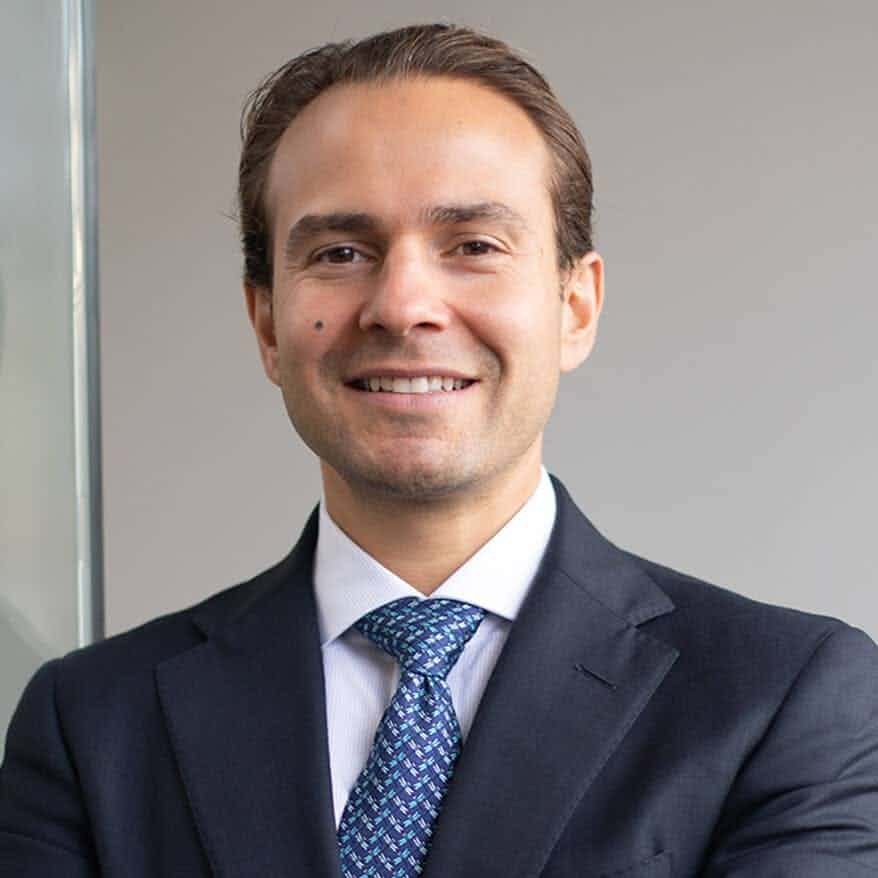This child neurology case involves a six-year-old child who underwent a tonsillectomy procedure that was performed in two areas. There was some evidence that the surgeon cut too deeply into the anatomy of the jaw bone which resulted in significant, postoperative bleeding. The child was sent home with an active uncontrolled bleed. Several hours after being discharged, the child’s parents noticed that the condition became worse and took the child back to the emergency room. Upon admission, the child was noted to be pale and displayed shallow breathing. No intervention was attempted for four hours, and the child was transferred to a pediatric ER. The child continued to pool blood into sponge gauze pads and a bedpan until he lost consciousness. A decision was made to perform emergency surgery, but the child had already developed significant brain damage due to excessive blood loss and prolonged hypotension.
Question(s) For Expert Witness
1. What are the recognized complications of this procedure and how often are fatalities a result of hemorrhage?
Expert Witness Response E-006248
Hemorrhage is the most common complication. An estimated 2-3% of patients have hemorrhage, and 1 of 40,000 patients die from bleeding. Pressure can be applied to a bleeding tonsil fossa by using a sponge and a long clamp. Dipping the sponge in epinephrine or thrombin powder may be helpful. If this fails, the patient should be taken to the operating room. Options to stop the bleeding are electrocautery of the tonsil bed, use of further topical hemostatics, or ligation of the ipsilateral carotid artery as the last resort. Diathermy is thought to be superior to ligation because of the risk of perforating large vessels with the needle. In severe situations, a sponge may be fixed in place by using sutures. Another last resort is ligation of other large vessels, such as the external carotid artery.
About the author
Michael Talve, CEO
Michael Talve stands at the forefront of legal innovation as the CEO and Managing Director of Expert Institute. Under his leadership, the Expert Institute has established itself as a vital player in the legal technology arena, revolutionizing how lawyers connect with world-class experts and access advanced legal technology. Michael's role involves not only steering the company's strategic direction but also ensuring the delivery of unparalleled intelligence and cutting-edge solutions to legal professionals. His work at Expert Institute has been instrumental in enhancing the capabilities of attorneys in case preparation and execution, making a significant impact on the legal industry's approach to expert consultation and technological integration. Michael's vision and execution have positioned the Expert Institute as a key facilitator in the intersection of law and technology.



